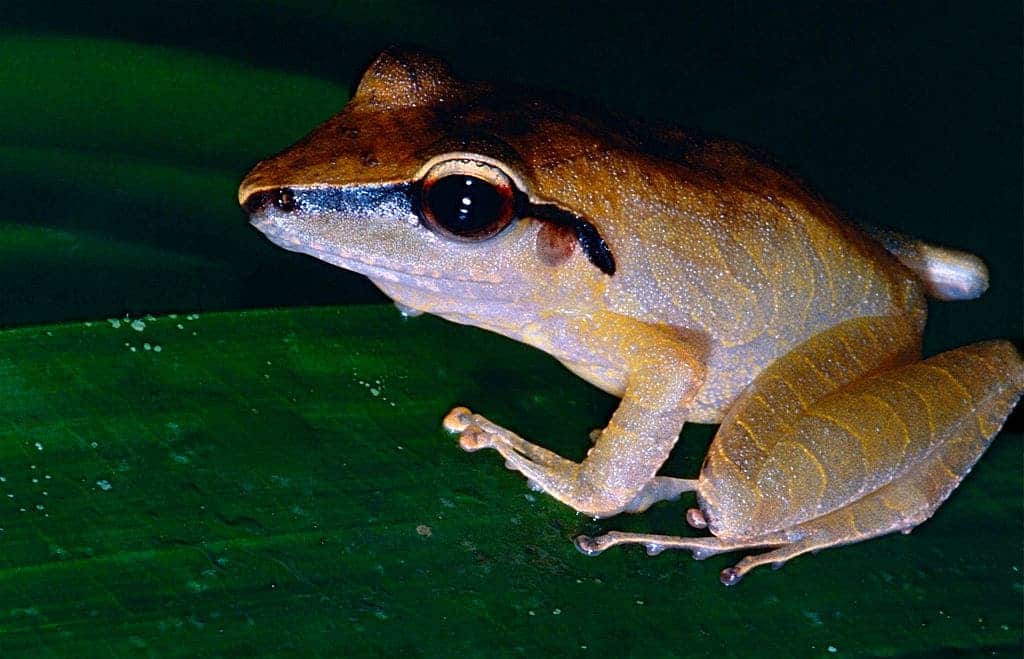To protect a species, conservationists need as much information as possible — from where it lives and how it breeds to the kind of threats it faces. However, this basic data is lacking for thousands of species around the world, making it difficult to protect them. For these “data deficient” species, a new study suggests no news is probably bad news.

The researchers used machine-learning methods to estimate the conservation status of almost 7,700 data-deficient species and found that 56% are likely threatened with extinction. The findings are especially concerning, given that currently, only 28% of species whose conservation status is known as considered to be at risk of disappearing. In other words, a quarter of these species may be going extinct without us even knowing.
“Things could be worse than we actually realize now,” Jan Borgelt, an ecologist at the Norwegian University of Science and Technology and the lead author of the study, said in a statement. “More species are likely to be threatened than we previously thought.”
The researchers based their analysis on the International Union for the Conservation of Nature (IUCN)’s Red List of Threatened Species, a global database that categorizes the extinction risk of over 147,000 species. However, depending on the species group, between 10% and 20% of animals, plants, and fungi are listed as data deficient (DD).
A species is considered data deficient when there’s inadequate information to assess its risk of extinction based on its distribution and population status. This causes problems for scientists that are trying to understand threats to species, and for policymakers who are trying to design conservation strategies on a local, regional or international level.
“Although DD species are sometimes treated as being not threatened, studies suggest that they are of particular conservation importance because a higher portion of them may be threatened by extinction compared to data-sufficient (DS) species,” the study reads. “They are ignored in studies analyzing biodiversity impacts and change.”
Feeding into the algorithm
For their study, the researchers built a machine-learning model based on existing data from over 28,000 Red List species whose conservation status had already been assessed. They incorporated data on their threats, habitat, and distribution and used that to train the model to create a technique to predict a species’ risk of extinction.
They applied the model to predict the conservation status of DD species included on the Red List, with a single prerequisite – the species’ geographical range had to be known. The model estimated that over half of the 7,699 DD species included in the analysis are threatened with extinction, with some animals more affected than others.
According to the findings, 59% of reptiles, 85% of amphibians, 62% of insects, and 61% of mammals are probably at risk of disappearing. The results also showed that D species in southern Asia, Madagascar and Central Africa faced higher threat levels. And while there’s uncertainty about the findings, recent news showed there were fairly accurate.
Before the study was published, the IUCN released an updated Red List, listing the conservation status of 12 formerly DD species. Three-quarters of those statuses matched the predictions made by the researchers’ model. The researchers hope their work will help IUCN develop a strategy for underreported species, and said they were willing to collaborate with them.
The study was published in the journal Communications Biology.









